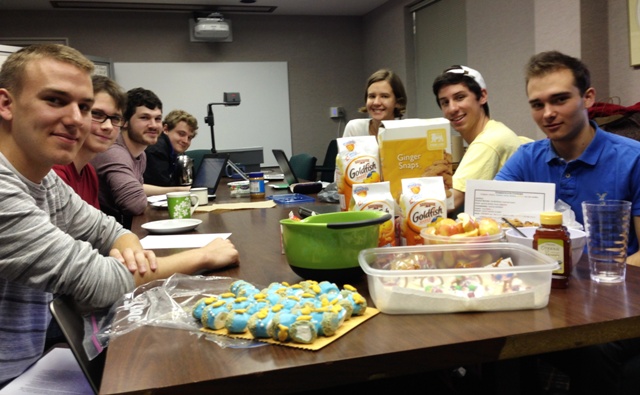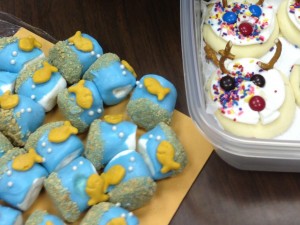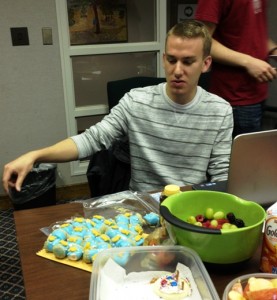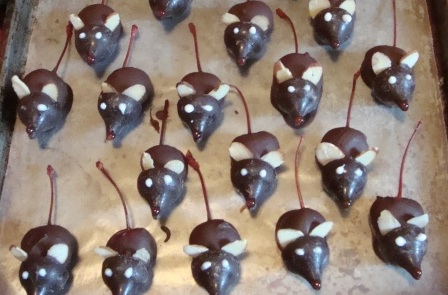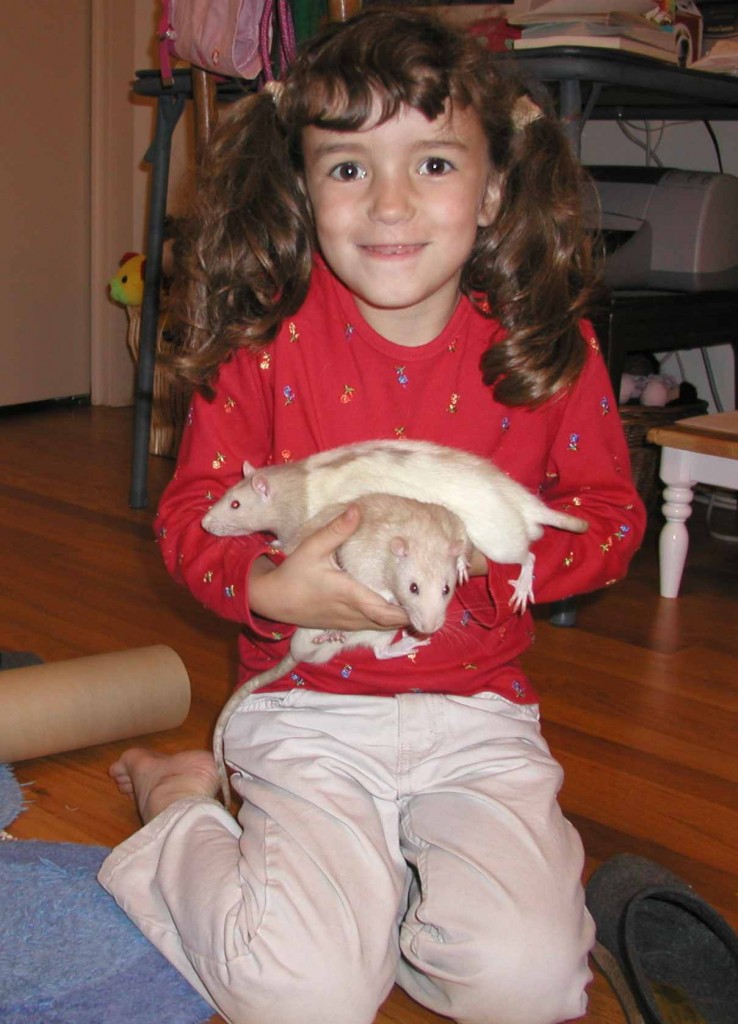I cannot believe the semester is already over! It seems like only last week we were sitting around the table for the first time introducing ourselves and looking at the syllabus with perhaps a hint of fear at the thought of creating a weekly blog. Now look at us! I think we can say that, although we may not all be blog masters, we certainly have created some really great pages between or Deep History and Domestication blog and our animal research projects. After reading through everyone’s project, it seems clear to me that we all should be pretty proud of what we have accomplished in this class. Each animal was presented in a unique way, but in the end, all of the blogs did a phenomenal job at developing their specie’s domestication throughout history. And anyone with the slightest interest in domestication that stumbles across our main page is really in for a treat!
This class was remarkably different from any other that I have taken in college, but it has certainly been one of my favorites! I came into this course with almost zero knowledge about animal domestication or its history and now I feel like I could teach a full course on it. It was truly phenomenal how much we were able to cover in such a short time together and it really is a shame that its coming to a close. I really enjoyed our discussions each week and I’m really glad to have met all of you guys. I wish you all the best in your future endeavors and hopefully our paths will cross a few more times, either at Tech or in the future.
Dr. Nelson, I cannot thank you enough for all the work you put into this course. You really made this class fun while encouraging us to push ourselves and learn new things. I can honestly say that I would never have even considered blogging before this class and now I might even go so far as to say I enjoy it! The readings and discussions that you set up each week opened my mind to so many new things that I will carry with me forever. I look forward to taking more classes with you in the future and I hope that you continue to offer this class as long as you are teaching. It really was an awesome class and I think that everyone should be given the chance to take it!
I will remember you all and this class for the rest of my life. It is astounding how domestication works its way into almost every subject and aspect of society, and I would never truly have known the all encompassing history of domestication without this class. I look forward to being able to expand my learning with this course as a basis, and I only hope that my future classes are half as great as this one.
Thanks to all of you for making this a memorable semester!


